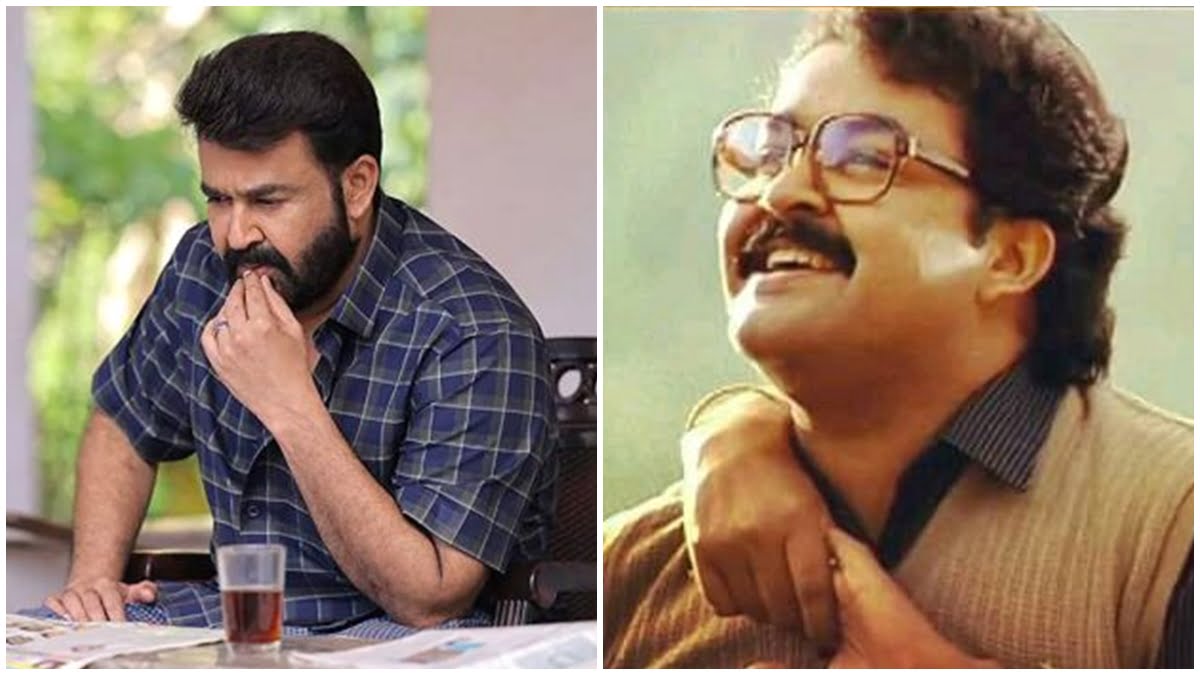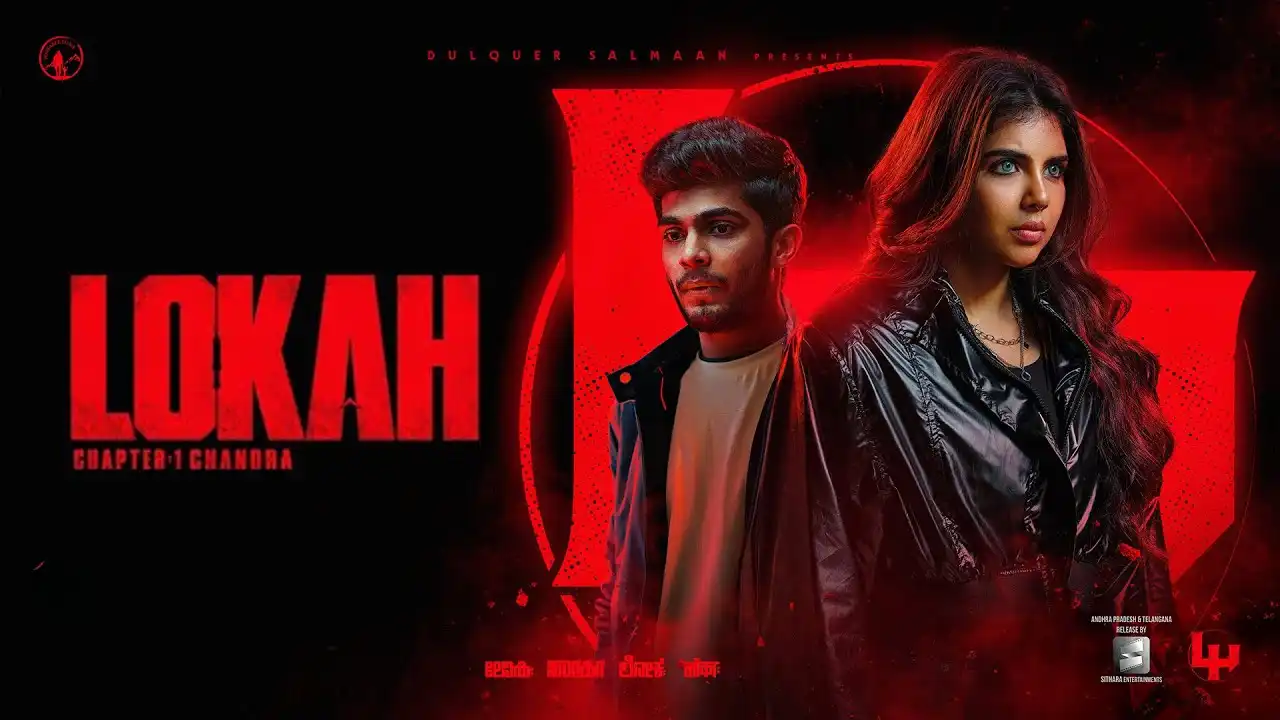A novel and positive trend set foot in the Malayalam cinema is its efforts to address the questions of gender justice and equality. A few of the films today are striking a strong blow against misogyny, which has otherwise been celebrated unapologetically in Malayalam cinema for decades. Such interventions are shaking the grounds of patriarchal morality to lay the foundations of an alternative value system. Even when the film-makers are reluctant to address issues of gender and caste, in today’s date, it has become increasingly difficult for them to get away with regressive content in their cinema. The discourse centered on justice, equality, and dignity of the individual shapes new sensibilities and critical thinking.
A few of the films today are striking a strong blow against misogynisy, which has otherwise been celebrated unapologetically in Malayalam cinema for decades. Such interventions are shaking the grounds of patriarchal morality to lay the foundations of an alternative value system.
It is evident in the discussions that have followed Drishyam 2, a Malayalam thriller, released on Amazon Prime in February, 2021. It is the sequel to the blockbuster Malayalam cinema Drishyam, released in 2013. The plotline is centered around a family with parents and two daughters and what unfolds when a teenage boy demands sexual favours from the elder daughter blackmailing them with a nude video which he films of her taking a bath. It is in a nature camp that Anju (the elder daughter) meets Varun, a creep who indulges in taking videos and photos of girls without their knowledge. Eventually, he uses it as an excuse to blackmail Anju, leading to tragic consequences.
Also read: Drishyam 2 Review: A Cinematic Universe Founded On Victim Blaming
Many have pointed at how the film’s central theme itself is a man’s futile attempts to uphold the family’s honour falling in line with the regressive social norms. It is also argued that at no point does the film urge the woman to challenge patriarchal morality; instead, she becomes symbolic of it. Even when the director jeethu Joseph terms it a thriller and has to a large extent succeeded in doing justice to his claim, he is still held accountable for falling back on stereotypes as far as representation is concerned. A discussion has also ensued on how gender relations and dominant social practices are portrayed in the film. Tracing the issues that have come up in the discussion, this article intends to look closely at the progressive discourse and its influence on Malayalam cinema like Drishyam 2, even when they seem to turn their back against it.
Reformer Man and the Shaping of an Ideal Woman
Interesting is to trace the paradigm shift reflected in Drishyam 2 and the factors influencing it. It is obviously not a conscious effort by the director but, in fact, something which he couldn’t help. It shows how the change in perceptions entailed by discourses on gender gets reflected in the characters and their utterances. In Drishyam’s first installment, Georgekutty, the protagonist who is portrayed as a self-made man from a lower-middle-class Christian background, is contrasted with his wife’s image, which is nothing more than a stereotypical caricature of a dim-witted woman. Like admitting their kids to a posh English medium school to buying a car, her demands are stressed to show her as a pretentious and ignorant person. Time and again, we see the husband, placed on the upper pedestal, take up the advisor and the reformer’s role. It is a trope much familiar in Malayalam cinema used widely in the disciplining of women. In the film, Mithunam released exactly twenty years before Drishyam, i.e., in 1993, the same actor (Mohanlal) plays the role of a husband lecturing his wife on how she is ought to behave. In this movie’s climax, we see the woman apologise and show the readiness to mend her ways. The film prescribes to the women a subservient position and asks them to seek happiness in fulfilling their responsibilities within the domestic sphere.
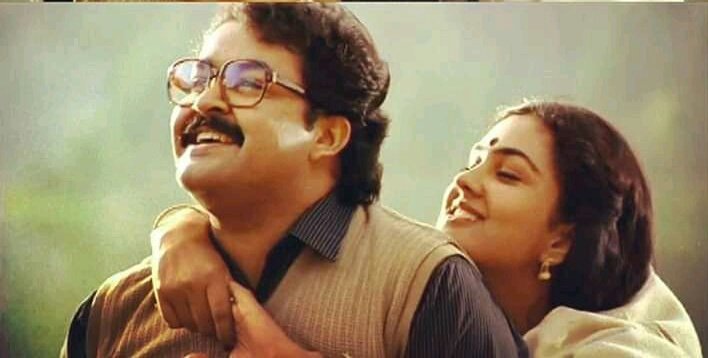
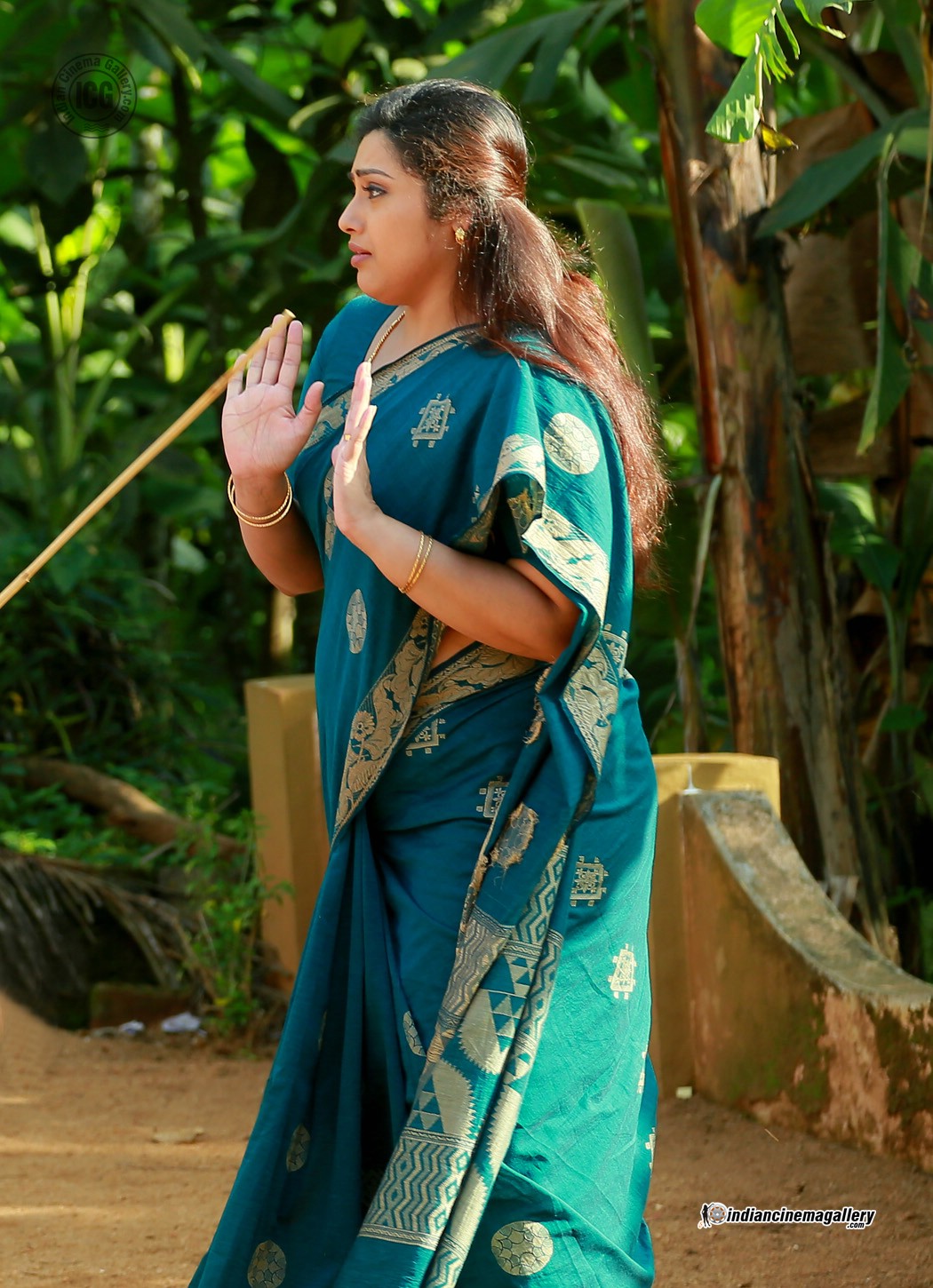
It is striking to see that the perception that changes little over twenty years undergoes a drastic alteration in eight years, i.e., the time between the release of Drishyam original and its sequel. As the well-known statement goes, there are centuries when nothing happens, and years in which centuries happen. The change unthought of in the gap of twenty years, surfaced up irresistibly in the last 4-5 years. It is precisely when revolutionary movements like “Me too“ brought forth questions of gender discrimination and strange ways in which a woman is held hostage in a patriarchal world. In Malayalam cinema, path-breaking developments like the formation of Women’s Cinema Collective (WCC) have shattered the hunky-dory image of the cinema world. It showed the courage to hold power to account and ask questions on the face of stalwarts reigning as its infallible authority. Following the Sabarimala verdict, the Malayali public sphere discussions started getting rallied around women’s fundamental rights to equality and dignity. Both the sections favoring and opposing the judgment contributed to a discourse centered on the socio-cultural aspects shaping women and their rights.
Also read: Cinema Of Male Apathy: Rape Scenes In Malayalam Films Through The Ages
Shifting Perceptions and Challenging the Dominant World view
Within this discourse, shaped by traditional and revolutionary forces, certain new perceptions emerge, replacing the old realities. Here, even when you are hell-bent on resisting any change and argue in favor of traditions, you are still contributing to the larger discourse, which indeed is shaping the sensibilities and changing the dominant perceptions. This phenomenon is strikingly manifested in Malayalam cinema increasingly now, as witnessed in the Drishyam sequel, where a novel kind of sensitivity underlines gender relations and gender-specific roles. For instance, the reformer husband takes a back seat in the second part. He is still hesitant to share his secrets with the family, but we can trace the change in his attitude. There is an instance where Georgekutty and his family visit his wife Rani‘s family in the original. In the conversation that ensues, we see the focus is on women’s obsession with kitchen wares and unnecessary spending. Rani‘s father makes the sweeping statement that all women are the same, substantiating it with his wife’s example. He states no matter where she goes; she will come back with a meen chutti (an earthen pot traditionally used to prepare fish curry). The scene ends with his wife (Rani‘s mother) stating that whatever concerns the kitchen is a woman’s responsibility, so the men need not comment on it.
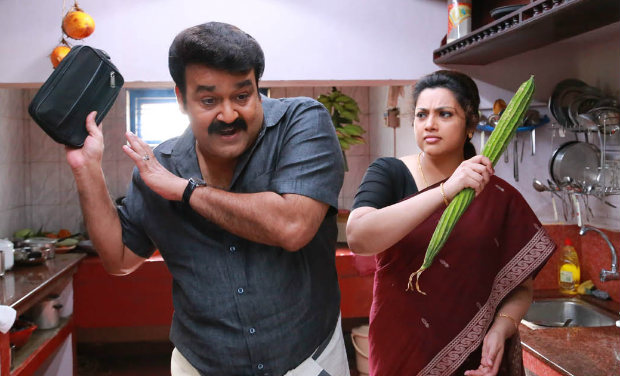
Some may argue that the other prominent character in the film is not a man but a woman (mother of the teenage boy) with more say on things than her husband. She is shown to be in the highest rank in the police force. But it is presented more as an exception; here again, towards the end, she has to give away positions of power and prestige to take refuge in the image of a silent and mourning woman. In the sequel, the change in perception is most evident in the composition of Anu‘s (the younger daughter in the family) friend group. It consists of both boys and girls, the possibility of which the director couldn’t have easily imagined in 2013. The body language and appearance of the boys are neither intimidating nor have any sexual overtones. They behave normally with the girls in the group, where all appear comfortable and free. The choice of dress and appearance of both the girls and boys is to hint at their privileged background; nevertheless, it is never demonised. Even when Rani reminds Anu to be careful regarding the kind of dress she wears, it is not problematised as a bad influence or a cause of tension. Instead, the film stands with Anu when she says, “Is it not our house? Why can’t we wear what we are comfortable with.” Thus inverting a question hitherto used to control women.
In other words, even in its denial to consider questions related to equality and gender, we see the change in perceptions engendered by a new discourse get manifested in the characters when they appear on screen eight years later. Herein lies the power of the conversations centered on equality, justice, and individuality in Malayalam cinema.
In the first part, there is so much tension when the teenagers come in contact with the opposite sex. Was the director equipped to think of the possibility of a group where boys and girls are friends and could treat each other as individuals? The answer seems no, as the story itself is shaped by patriarchal morality. It is not to argue that there happens a revolutionary change when we come to the sequel, but indeed there are shifts in perceptions and it gets reflected subtly. In other words, even in its denial to consider questions related to equality and gender, we see the change in perceptions engendered by a new discourse get manifested in the characters when they appear on screen eight years later. Herein lies the power of the conversations centered on equality, justice, and individuality in Malayalam cinema. It shapes new perspectives and envisages an alternate social order, which one cannot afford to ignore.
Sonu Vincent has completed her Ph.D. in History from the Centre for Historical Studies, Jawaharlal Nehru University and is currently teaching as a guest faculty in Jesus and Mary College, Delhi University. Her areas of interest are the socio-cultural history of Kerala, theatre, gender, and religious studies. She can be found on Instagram, Twitter and Facebook.
